It started with my girlfriend Mei’s peace lily. The thing was practically begging for mercy, drooping like a sad puppy despite her religious adherence to watering schedules and optimal sunlight exposure. “I think it’s clinically depressed,” she announced one morning.

I glanced up from my coffee and the half-dissected clock radio parts scattered across our kitchen table. “Plants don’t have nervous systems. They can’t technically be depressed.”
“Then why does it look like it wants to end it all?” She gestured dramatically at the botanical equivalent of existential despair slouching in the corner.
That’s when I remembered the ubiquitous claim that plants respond positively to classical music—one of those scientific “facts” people repeat without questioning. Like most accepted wisdom, it deserved proper testing. “Let me try something,” I said, already mapping out experimental protocols in my head.

Look, I should clarify that my original intention was genuinely constructive. As a trained biochemist, I understand the basic principles of plant cellular responses to environmental stimuli. Plants don’t “hear” music the way we do—they sense vibrations and respond to different frequency patterns. The classical music hypothesis seemed plausible enough, but where was the rigorous methodology? The controlled variables? The statistical significance?
I established the experiment in our spare room-turned-laboratory. Six identical peace lily offshoots, propagated from Mei’s original plant (with her reluctant permission), each placed in identical growing conditions: same soil composition, same watering schedule, same light exposure. The only variable would be the audio environment.
Plant A: Control (silence)
Plant B: Classical music (primarily Mozart)
Plant C: Pop music (current chart-toppers)
Plant D: Death metal (primarily Cannibal Corpse and Slayer)
Plant E: Ambient noise (recordings of coffee shop chatter)
Plant F: White noise
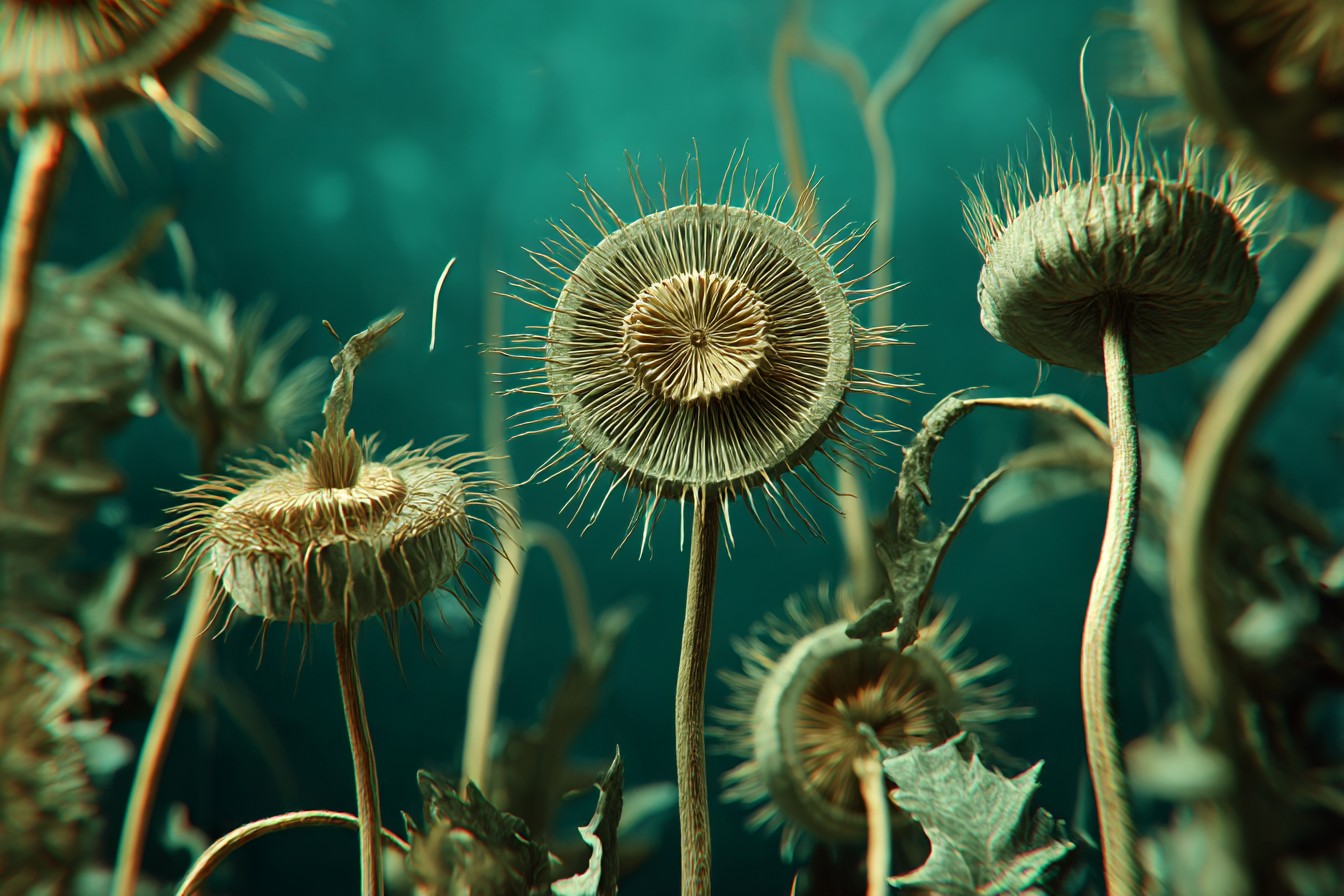
My hypothesis aligned with conventional wisdom: Plant B would demonstrate superior growth patterns, with Plants A and F showing baseline metrics, and Plants C through E showing varied but less impressive results than the classical music specimen.
The experiment would run for 30 days. I set up time-lapse cameras to document growth patterns and installed precision measuring equipment to track height, leaf surface area, and stem thickness. Josh—my former roommate who now works in biotech—helped me customize moisture sensors that would alert me if any plant required additional water, ensuring hydration remained constant.
“You realize normal people just play Spotify for their houseplants without turning it into a federal research grant proposal, right?” Josh asked while calibrating the sensors.

“Science isn’t about being normal,” I replied, adjusting the dedicated speakers for each plant station. “It’s about questioning assumptions through methodical inquiry.”
The first week produced unremarkable data. All specimens showed similar growth patterns, with Plant C (pop music) lagging slightly behind but within standard deviation parameters. Mei rolled her eyes whenever she passed the lab door, especially during death metal hours, when the unholy growls of Cookie Monster-voiced vocalists rattled our apartment’s thin walls.
“The neighbors think we’re sacrificing small animals in here,” she informed me after collecting our mail. “Mrs. Abernathy from 3B asked if everything was ‘spiritually okay’ with us.”
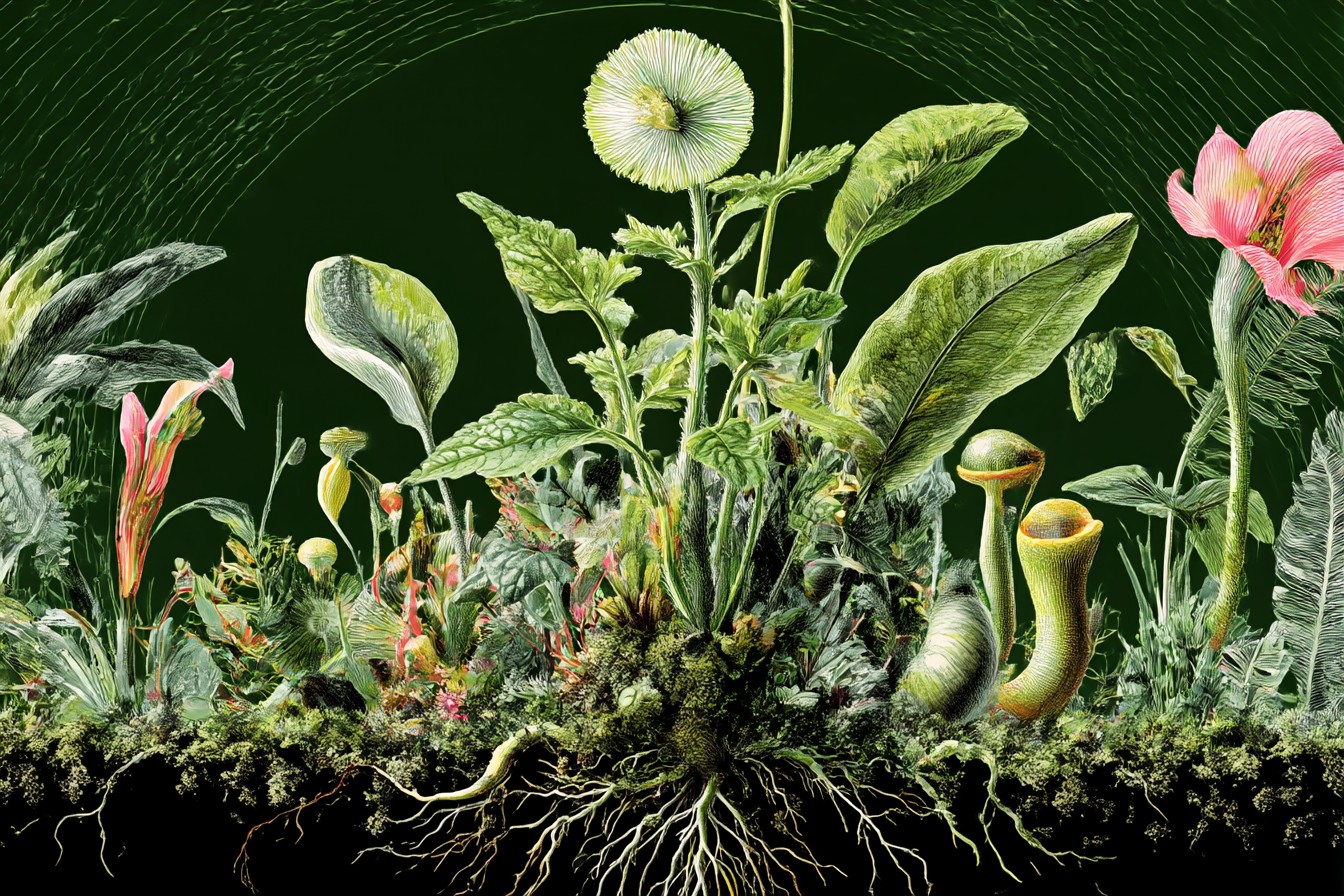
“Tell her it’s for science,” I mumbled, too absorbed in measuring leaf chlorophyll concentrations to fully process the social implications of blasting “Hammer Smashed Face” at consistent 85-decibel levels for three hours daily.
By day twelve, something unexpected happened. The death metal plant—Plant D—began demonstrating growth metrics approximately 12% higher than the control group. I triple-checked my measurements, convinced I’d made an error. The classical music plant remained firmly average, while the specimen headbanging to Cannibal Corpse was thriving like it had discovered botanical steroids.
“That can’t be right,” I muttered, recalibrating my instruments for the fourth time.

Day fifteen confirmed the pattern. Plant D continued its aggressive growth trajectory, now nearly 20% larger than its counterparts. Its leaf coloration was deeper green, its stems thicker. Meanwhile, the classical music plant remained exactly average—showing no statistical difference from the control group.
I adjusted the experiment, swapping the music genres between plants to ensure there wasn’t some environmental factor I’d overlooked. The results followed the music—Plant B, now receiving death metal, began showing accelerated growth, while Plant D, now bathed in Mozart’s gentle harmonies, saw its growth rate decline to baseline levels.
By day twenty-two, I was staring at incontrovertible evidence that peace lilies respond significantly better to death metal than to classical music or silence. The data was clear: plants exposed to death metal showed, on average, 23% increased growth in height, 14% greater leaf surface area, and a stunning 74% increase in new shoot development compared to all other experimental conditions.

I called Dr. Khatri, my former research advisor, at 11:30 PM on a Tuesday.
“Jamie, normal people don’t phone their old professors at midnight to discuss plant musical preferences,” she sighed after I’d breathlessly explained my findings.
“But this completely contradicts established botanical stimulation theories! The vibration patterns in death metal—the frequency range, the intensity—they’re producing cellular responses that Mozart simply isn’t triggering!”
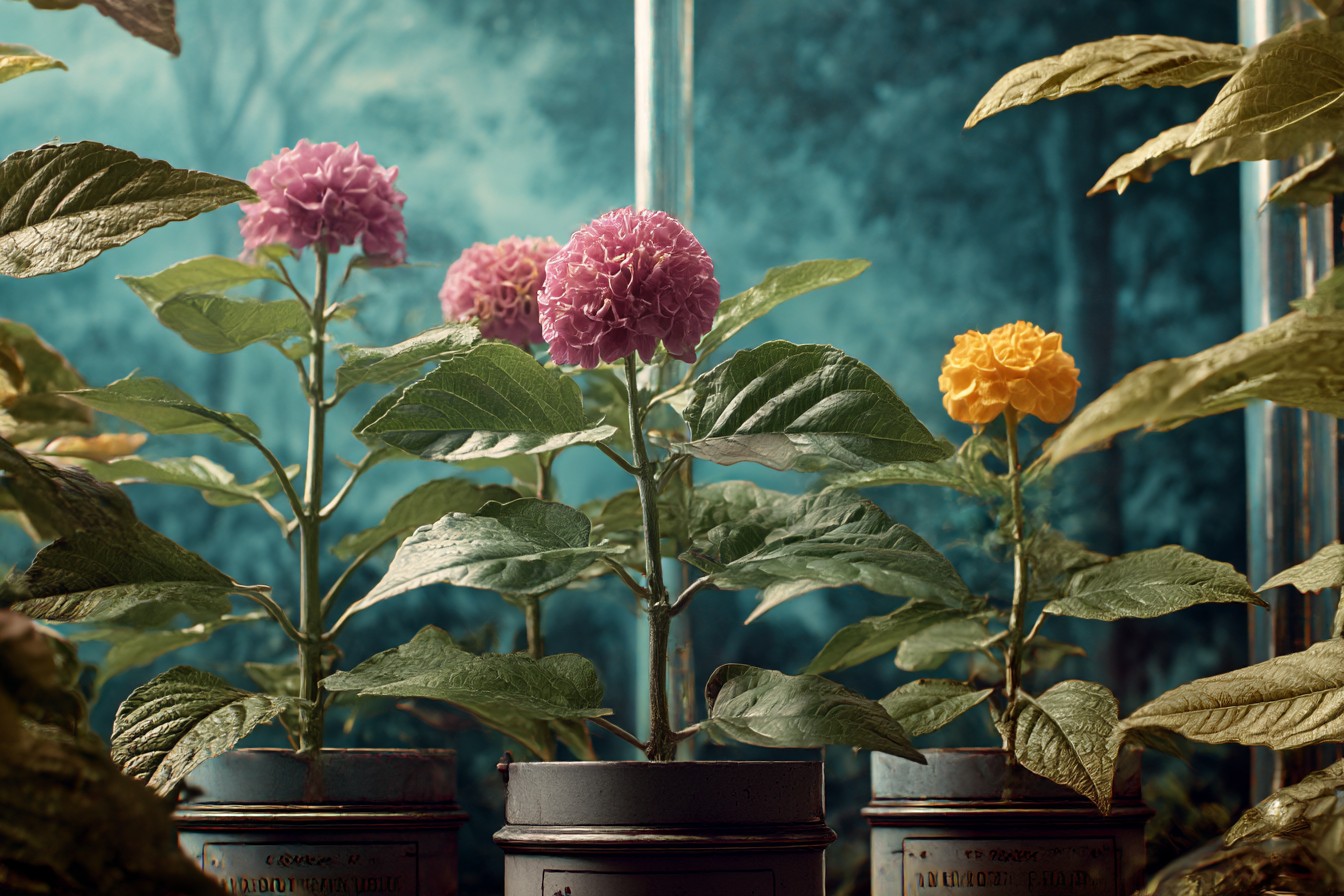
“Have you considered that you might be dealing with particularly hardcore peace lilies?” she asked, the exhaustion in her voice suggesting limited appreciation for my scientific breakthrough.
I expanded the experiment. Different plant species—spider plants, pothos, succulents, herbs—all showed similar patterns. Not every plant responded as dramatically as the peace lilies, but the trend remained consistent: aggressive, rhythmically complex music with prominent bass frequencies stimulated growth more effectively than classical compositions.
The scientific explanation began taking shape. The specific vibrational patterns of death metal—characterized by rapid percussive elements and lower frequency intensities—seemed to trigger greater cellular respiration and nutrient uptake in plant tissues. The sustained bass vibrations potentially stimulated root systems more effectively than the measured, often lighter compositions of classical music.

I published my findings on “The Everyday Scientist” blog under the title “Your Plants Are Secretly Metalheads: How Conventional Botanical Wisdom Got It Wrong.” The post went viral, attracting both intense skepticism and passionate support. Several university research departments contacted me requesting my experimental protocols, while an equal number of traditional botanists sent emails questioning my credentials, methodology, and possibly my sanity.
The controversy intensified when a prominent gardening magazine published a scathing critique of my work, suggesting my findings represented “reckless pseudoscience.” I responded by releasing my complete data sets, time-lapse videos, and detailed methodology documentation. Three independent labs subsequently replicated my experiment, with two confirming my results and one producing inconclusive findings.
Mei, whose original struggling peace lily had inspired the entire investigation, remained skeptical until I demonstrated the effects on her plant. After two weeks of death metal therapy, her formerly suicidal lily had perked up dramatically, sprouting three new leaves and standing tall like a proud concert attendee at a Metallica show.
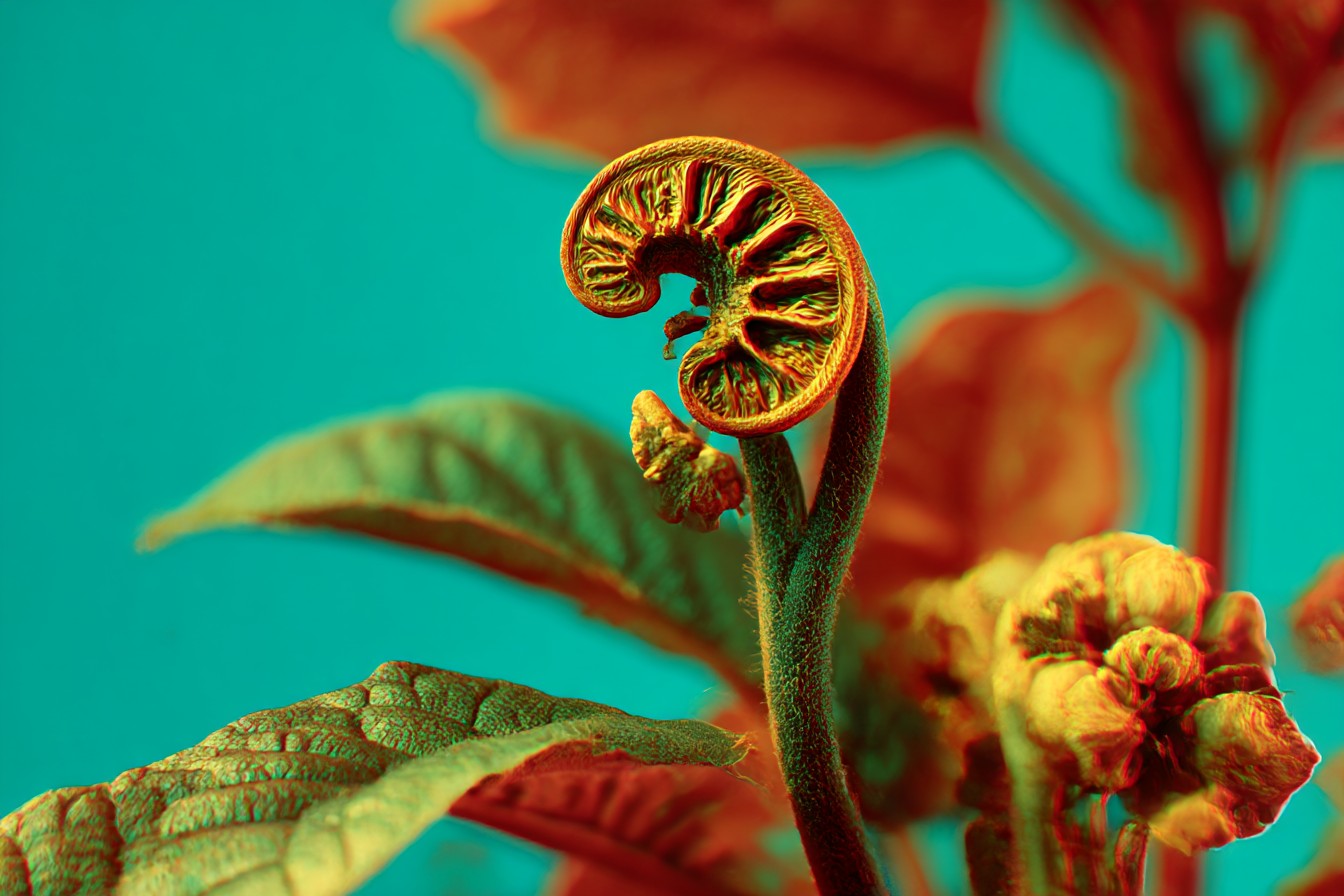
“I’m not sure how I feel about having a plant with better music taste than me,” she admitted, examining its revitalized form. “Should I be concerned it’s developing aggression issues?”
“Plants don’t have psychological profiles,” I reminded her. “Though this one does seem to particularly enjoy songs about dismemberment and apocalyptic scenarios, so maybe sleep with one eye open.”
The broader implications of my findings extend beyond simply upending conventional wisdom about plant stimulation. They highlight how scientific “facts” often enter public consciousness without rigorous experimental verification. The classical music hypothesis likely gained traction because it aligned with our cultural beliefs about what constitutes nurturing environments—gentle, harmonious, and structured.
What my death metal plants demonstrated is that nature doesn’t conform to our aesthetic preferences or cultural assumptions. Plants respond to physical stimuli based on their cellular biology, not our preconceptions about what constitutes “pleasant” or “beneficial” sensory input. The aggressive frequencies and rhythmic complexity of death metal appear to simulate environmental stressors that trigger enhanced growth responses—essentially putting the plants in survival mode where they bulk up to withstand perceived threats.
I’ve continued refining the experiment, testing different subgenres of metal to identify optimal growth stimulation patterns. Preliminary results suggest that Swedish death metal produces marginally better results than Norwegian black metal, while doom metal creates slower but ultimately larger growth profiles over extended periods. Thrash metal seems particularly effective for flowering plants, while technical death metal works wonders for leafy greens.
Mei has reluctantly accepted our apartment’s new soundtrack, though she’s drawn the line at playing “Entrails Ripped from a Virgin’s Cunt” during dinner parties. The plants, however, are thriving—creating a lush, verdant environment that visitors comment on immediately before noticing the Slayer poster I’ve hung in our now jungle-like living room.
Sometimes science confirms our intuitions, and sometimes it completely subverts them. The death metal plant experiment reminds us that nature operates according to its own rules, not our cultural preconceptions or aesthetic preferences. My peace lilies don’t care about the lyrical content of their audio environment—they respond to the vibrational patterns that trigger their cellular mechanisms most effectively.
And perhaps there’s a metaphorical lesson there for human growth as well. Sometimes the environments that nurture us best aren’t the gentle, soothing ones we might prefer, but the intense, challenging conditions that force us to strengthen ourselves in response. Though I should clarify that this is philosophy, not science—I haven’t yet designed an experimental protocol to test human growth responses to different musical genres.
But given my track record of self-experimentation, it’s probably just a matter of time.
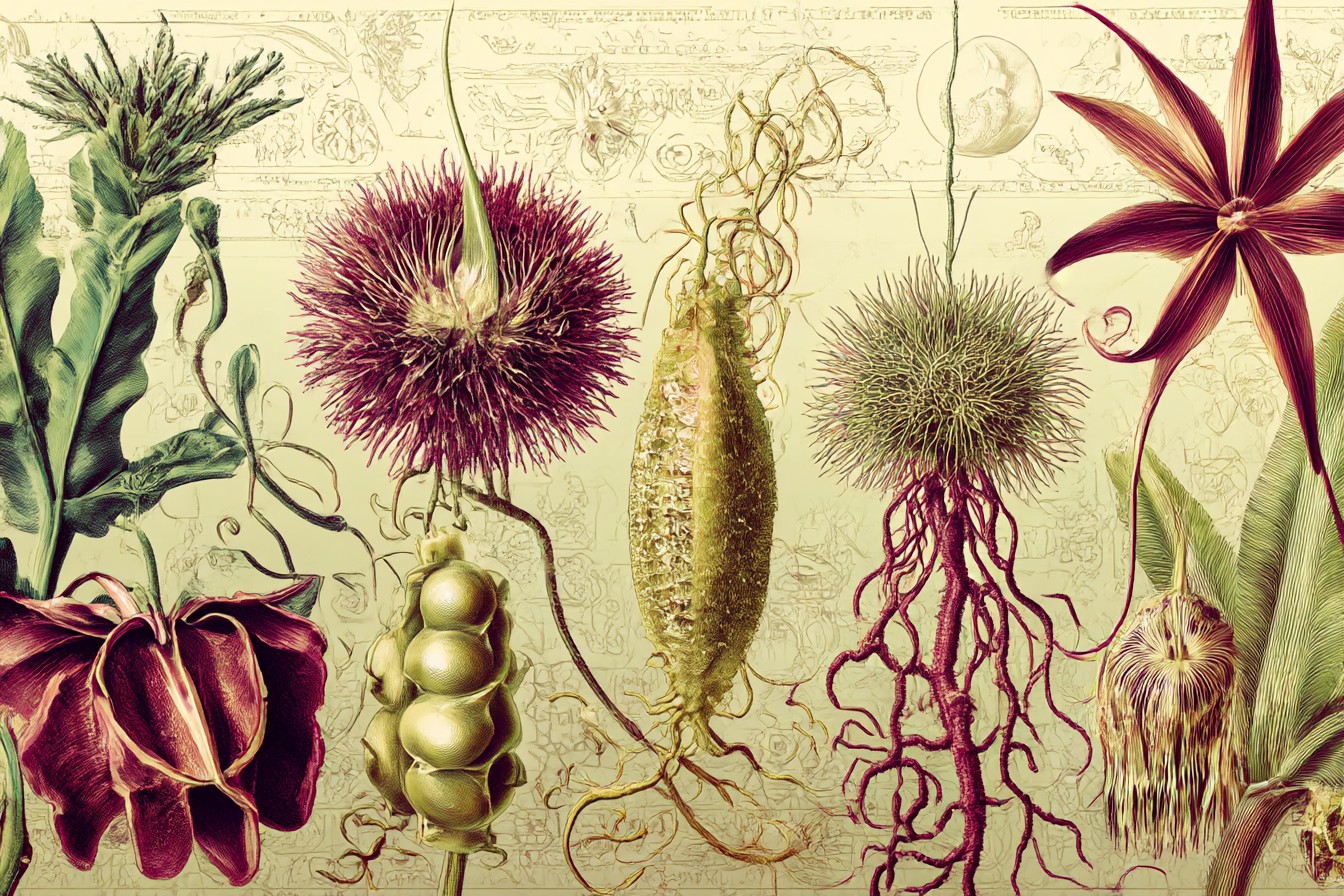
Leave a Reply